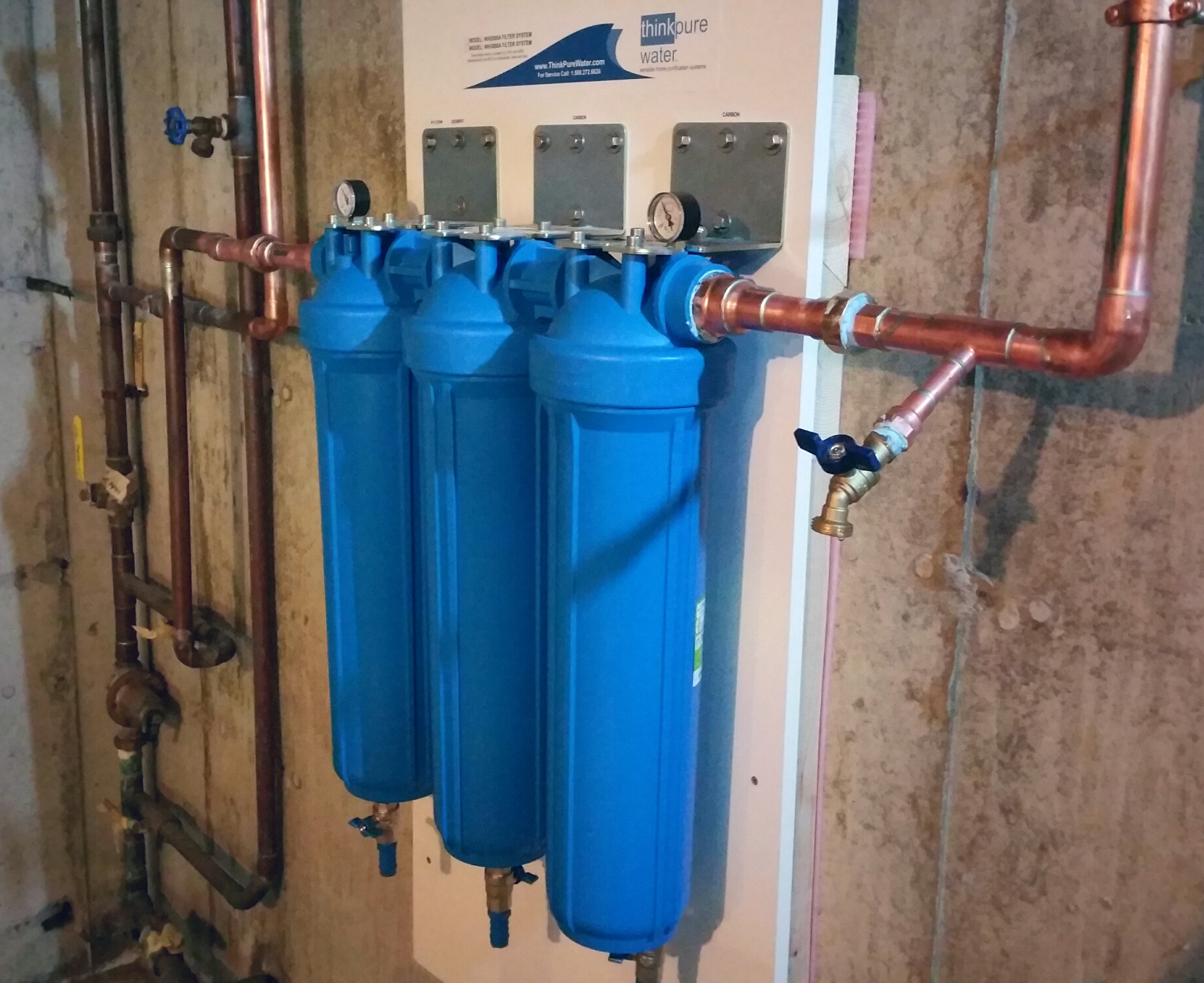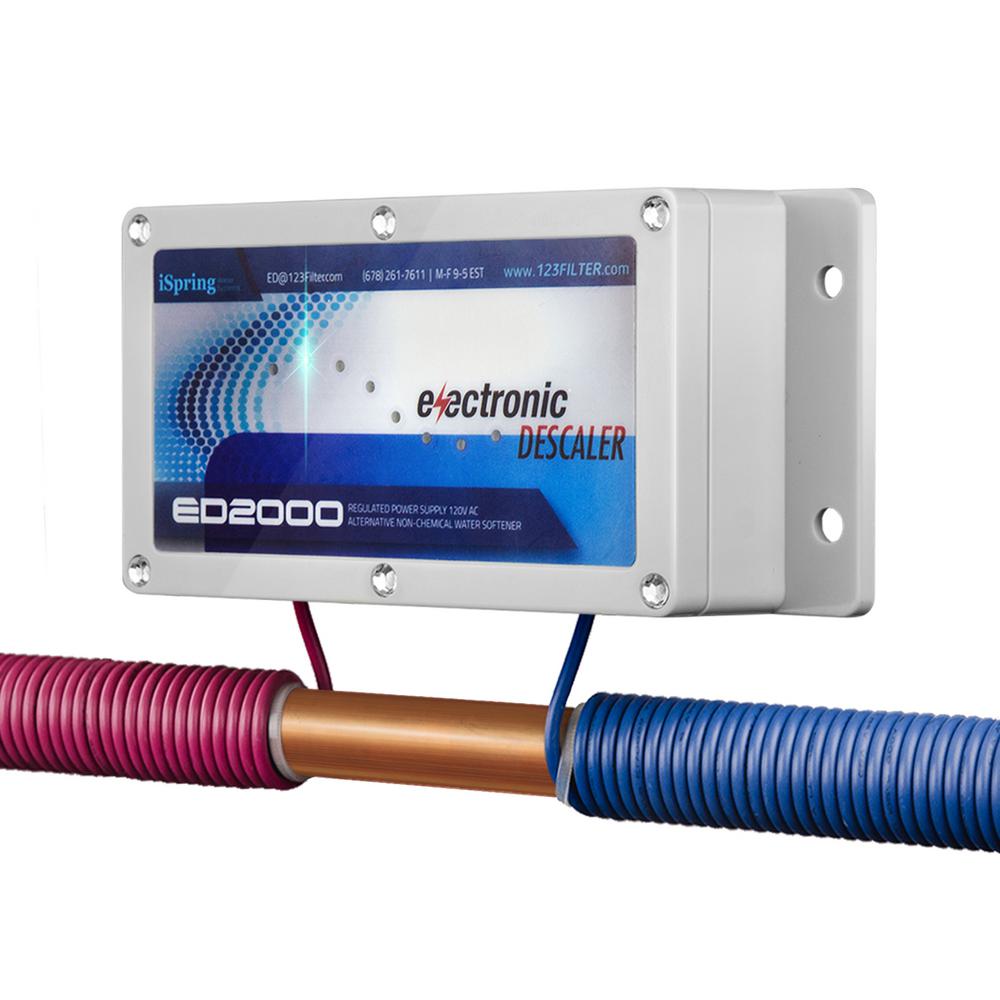
In addition, ion exchange and reverse osmosis water softener systems require inspections every two to three years. You must also check the brine tank every three to four months to prevent salt buildup, ensure that the self-flush mechanism is working properly, and regularly replenish your salt or potassium. Salt-based water softeners must be regenerated or refreshed when users add salt or begin a regeneration cycle. A dual-tank water softener is salt-based and has two resin tanks, making it the best kind for homes that rely on well water.
cleaning products
Sand, dirt, clay, sediment pollutants and metals are all captured within the sediment filter before the water moves on to subsequent filtering stages that remove even smaller particles. This Pentair system is robust, and the water softener component makes it a great choice for homes with hard water issues. The water softener is great because it doesn’t use any electricity or produce any wastewater while not using any salt. SoftPro’s water filter will remove 99% of contaminants along with many other impurities using its catalytic carbon filter, which also eliminates minute metal materials and chloramine. It has a one million gallon filtering capacity and an expected lifespan of seven to 10 years. This model is designed specifically for well water and the UV filter helps block bacteria, viruses and other contaminants found in well water.
GE Whole House Water Filtration System & Basic Filter GXWH20T & FXUSC
SpringWell also has the distinction of having Bluetooth connectivity, making it easy to operate from your phone. The electronic display lets you quickly update softener settings or start a regeneration cycle. It comes with a five-year warranty on parts and a 10-year warranty on the tank.

Appliances News
Water softening systems prevent common problems with water, including chalky deposits of calcium carbonate, called limescale (or scale), and other harsh minerals, like iron and magnesium. When one of these units is installed in a home, it works to soften water running out of every faucet, reducing or altogether removing these harsh minerals. This improves the quality of the home’s drinking water and leads to healthier skin, hair, and nails after bathing. With plenty of use, the resin beads in a salt-using water softener eventually become filled with minerals, and they need to be adjusted through a regeneration process.
SpringWell went a different route than everyone else by building something that will last rather than something cheap that’s just going to break in a few years. And in the event something does happen, they’ve got your back and will get your system up and running as fast as possible. Oddly enough, a water softener that is too big can suffer from a different set of problems.
Kitchen Plumbing Service
You can perform the test yourself, and water test kits can check for everything from hardness and pH to heavy metals and bacteria. But because potassium is more expensive than sodium, you’ll incur higher operational and up-front costs by choosing this softener system. On the low end, you can expect to spend $150 to install a simple, under-the-counter unit and up to $1,000 for a whole-home or difficult-to-install water softener system. Empty the contents of the water softener and scrub the empty tank with soapy water. Capacity is the measurement of grains per week that a water softener can handle before needing replenishment.
How Does a Water Softener Work? - What Is a Water Softener - Popular Mechanics
How Does a Water Softener Work? - What Is a Water Softener.
Posted: Mon, 07 Feb 2022 08:00:00 GMT [source]
These extra components include chemical injectors for chlorine, iron removal, and pre-sediment filters. While salt-based water softening systems do add salt to the water, it is such a small amount that it frequently goes unnoticed. The downside to salt-based softeners is that the positively charged sodium ions in the resin do run out and need to be recharged with salt about once a week. These water softeners are also much larger than magnetic or salt-free water softeners, so they aren’t ideal for smaller spaces.
Basically, it removes the damaging effects of limescale so that it no longer deposits itself on your clean surfaces or inside pipework and appliances. “Most utility users don’t know that the water that comes out of their faucet may be different in quality from the water tested at the utility. The advantage of this filter is that it has larger pores so it won’t get clogged as often, and it also uses a mesh screen you can remove and clean. The downside of this filter is that it does have larger holes that will allow finer sediment particles to get through. Some of this sediment will get caught in the greensand filter bed, preventing it from getting into your water but potentially clogging up the greensand filter and decreasing its effectiveness. SpringWell sells this combo unit as the SpringWell WSSS1, which includes the WS1 and the SS1, the salt-based softener reviewed above that earned the top spot in my ranking for hard water solutions.
It includes a water filter that’s built right into the system to filter out any dirt or other sediment. It regenerates quickly, taking less than 25 minutes to complete a regeneration cycle—so no waiting around for hours for soft water free of metals or minerals that can cause stains. It’s designed to be efficient while using less salt, water, and power, so it can potentially save you some money on utility and salt bills. Keep in mind that this is a two-tank system, so you’ll need space for both the brine tank and the mineral tank. Another small drawback is that you’ll have to remember to keep an eye on the salt levels, since this softener doesn’t have a handy refill indicator light. These devices soften water through an ion exchange system, which effectively removes calcium and magnesium—the causes of limescale buildup on your plumbing fixtures—from the water.
The amount of filtration and purification your water needs to reach your desired water quality is the most significant factor affecting price. A carbon filter passes water through an activated charcoal medium, often after it has passed through a sediment filter. The carbon can remove very fine particles, including contaminants like herbicides, pesticides and chlorine, and eliminate contaminants that cause poor-tasting or smelling water. Typically a sediment filter is the first one in multiple-stage filtering and purification systems.
Salt-free softeners are typically more expensive than ion-exchange softeners, but they work without using electricity. There’s no need to drain the system for back flushing, and it will even continue working if you slack off on maintenance, just with a reduced flow rate if your well water contains a lot of sediment. This system does require professional installation though, because installing it without a licensed plumber voids the warranty. We think this kit provides high quality basic filtration in a package that’s easy to install, easy to use, and inexpensive to maintain. It comes with the GE GXWH20T whole-house water filter housing and an FXUSC filter, but you can upgrade to a more advanced FXWTC filter if your situation calls for more intense filtration. Ion exchangers or conventional water softeners are the most common type of system.
Water softeners last 10 to 15 years, and regularly maintaining the appliance will help extend its lifespan. Salt levels in salt-based water softeners will generally need to be checked once a month to make sure enough salt is in the tank (typically at least half-full). Magnetic water softeners require less maintenance and last longer but are generally less effective than salt-based options. The included filters handle things like sediment and rust, while the more advanced option also reduces chlorine and removes unpleasant tastes and odors.
A salt-based system removes hard-water minerals from your plumbing, regenerates efficiently, and is very cost-effective. For larger water softener system installations, always hire a local water softener installation company due to the intricacy of plumbing, electrical, and potential framing issues. Magnetic softeners use magnets around your pipes to neutralize and prevent buildup. But standing water that doesn’t flush through the system can stain, and they’re not recommended for homes with extra hard water. Local ordinances determine whether you’ll need a permit to install a water softener. Some townships do not require permits, while others require a permit, a licensed plumber for the installation, and an inspection.

It’s true that it adds a small amount of sodium to your water, but this is not really a concern for 95%–99% of you. And the fact it has a lifetime warranty sets it apart from the competition. The second downside of the SS1 is that it doesn’t include any sort of pre-filter automatically, not even a sediment filter to protect the components from silt and other particles. Most softeners, such as the SoftPro and Crystal Quest, regenerate on fixed schedules, usually once every five to seven days. This is inefficient and often causes the system to regenerate before it really needs to. The SpringWell SS1 uses a smart monitoring system to measure exact water use and initiates regeneration only when it’s needed, improving overall efficiency.
'Forever Chemicals' Are Probably in Your Tap Water. Here's How to Avoid Drinking Them - Popular Mechanics
'Forever Chemicals' Are Probably in Your Tap Water. Here's How to Avoid Drinking Them.
Posted: Tue, 18 Jul 2023 07:00:00 GMT [source]
As the water enters the tank, it runs through the resin, which has a negative charge and draws out the positively charged minerals in the water. Once the resin beads are filled to capacity, the salt pellets cleanse the beads, replacing the mineral ions with salt ions—hence why softened water often has a higher salt content. Eventually, this will cause the pellets to dissolve and they’ll need to be replenished. However, some of the higher-end models will need professional installation.
This water softener system is compact and cost-effective yet still equipped to handle the water needs of an average three- to four-person household. To find the best system, we researched dozens of water softeners, evaluating each one on ease of installation, capacity, and effectiveness. Midwest Plumbers is a leading plumbing professional offering complete plumbing repair work and service to customers in Fawn Creek Kansasand the Fawn Creek location. We depend on modern, cutting-edge innovation such as camera examinations, shown plumbing methods and eco-friendly services for all your plumbing needs. With manyyears of experience, at Midwest Plumberss we maintain a strong commitment to our customers and our community.













